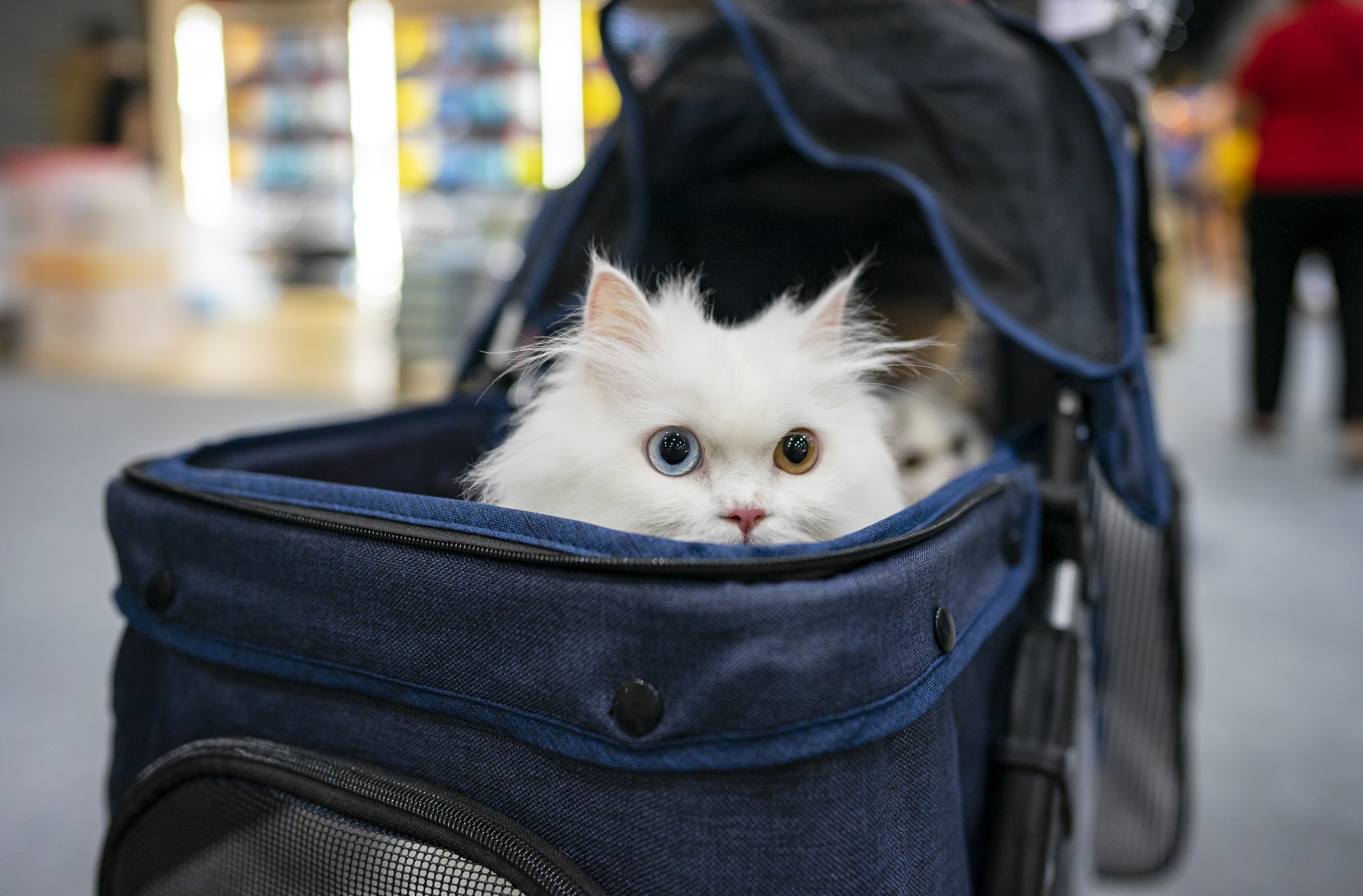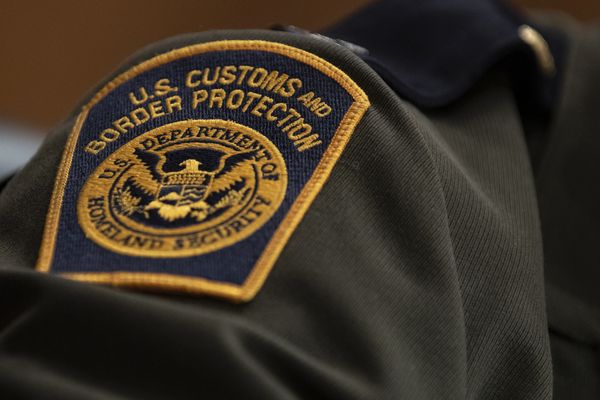
For some reason, airlines have not been able to adjust to the growing demand for pet travel. In fact, most airlines don’t have policies at all for pets that are larger than a carrier that can fit under the seat in front of you.
And if your pet does fit in a carrier, there are strict rules in place that configure around carrier size, shape and even the types of animals that are allowed to travel. For most major airlines, dogs and cats are both allowed, but they have to be a certain age.
It’s no wonder that more and more people are choosing to forgo their vacations altogether, due to not knowing what to do with their pets, or being unable to afford the $150 fee most airlines charge per flight to bring a pet.
According to Trusted Housesitters, more than half (56%) of US pet owners say they travel less since getting a pet. And, 22% of pet owners choose road tripping instead of flying, so they don’t have to keep track of all of the airline rules.
But sometimes road tripping just isn’t feasible. If you have a flight planned for this summer with your pet, make sure you understand the rules for each airline. In general, here are some of the best tips to ensure your flight with your furry friend goes as smoothly as possible.
What documentation you need to fly with your pet

Just like when traveling with your human family, your pet family members will need to check into their flight with the proper documentation. The Animal and Plant Health Inspection Service within the U.S. Department of Agriculture (USDA) is one of the best websites to familiarize yourself with in order to keep track of everything you’ll need for pet travel.
For the purposes of this article, we’ll focus on domestic travel. But if you are traveling internationally, just know that the rules and regulations are totally different and may require more time and planning in order to obtain the proper documentation in hard copy.
For domestic travel, the USDA doesn’t require its own documentation and will not monitor your trip. However, they say that the first thing you should do is reach out to your veterinarian to come up with a travel plan. This is because “your destination state or territory may have animal health requirements, such as obtaining a health certificate, updating vaccinations, diagnostic testing, or administering treatments,” according to the USDA website.
Additionally, if you’re flying with your pet, you will need signed documentation from your vet that your pet is healthy enough to travel. This will vary from airline to airline, but in general, most airlines require two hard copies of a health certificate for your pet that’s signed and dated by your vet within 10 days of your flight arrival time.
According to American Airlines, your health certificate should include the following: Your pet's breed, weight and date of birth or age. It should also include a statement that your pet was examined by a veterinarian and was found to be “free of infectious or contagious diseases that might put your pet, other animals or public health at risk.” This should also confirm that your pet appears to be healthy enough for travel.
Most airlines also require a document detailing the dog’s breed, a statement saying there’s no risk of birthing from your animal during its flight, proof of rabies vaccination, a customer acknowledgement form and temperature acclimation documentation. It’s no wonder most people choose to forgo flights with their pets altogether.
Tips to make flying with your pet less stressful

Each airline has different carrier rules for pet travel, but in general, your dog or cat must fit in a soft-sided carrier that fits under the seat in front of you. But once you have the basics out of the way, here are a few more tips that can help you travel with your pet with ease.
Bring Food and Water Bowls - You will need to think ahead of time about your pet’s food and water needs. If you want to travel light, consider collapsible travel bowls. Make sure to bring enough food for your travel day, and extra in case your flight gets delayed or you’re stranded somewhere overnight.
Know Your Airport’s Pet Relief Policy - Did you know that not all airports are required to have pet relief areas? In fact, only airports that serve 10,000 or more passengers a year are required to have pet relief areas, according to U.S. federal regulations. The American Kennel Club rounded up a list of the top 10 pet-friendly airports here.
Getting through TSA - The Transportation Security Administration (TSA) does have clear rules about flying with pets on its website. They will be screened through security just as you are.
However, pets must be placed in carriers. Just before you place your items through the x-ray, you will remove your pet and put the carrier through the x-ray. The TSA also recommends acclimating your pet with their carrier before flying, so they will feel safe and comfortable inside it.
Bottom line
Flying with your pet takes extra planning, but it doesn’t have to be stressful. By understanding airline requirements, gathering the right documentation, and preparing for your pet’s comfort and safety, you can make air travel a positive experience for both of you. Whether it’s your first time flying with a furry companion or you’re a seasoned traveler, staying informed will help you navigate the journey with confidence.







